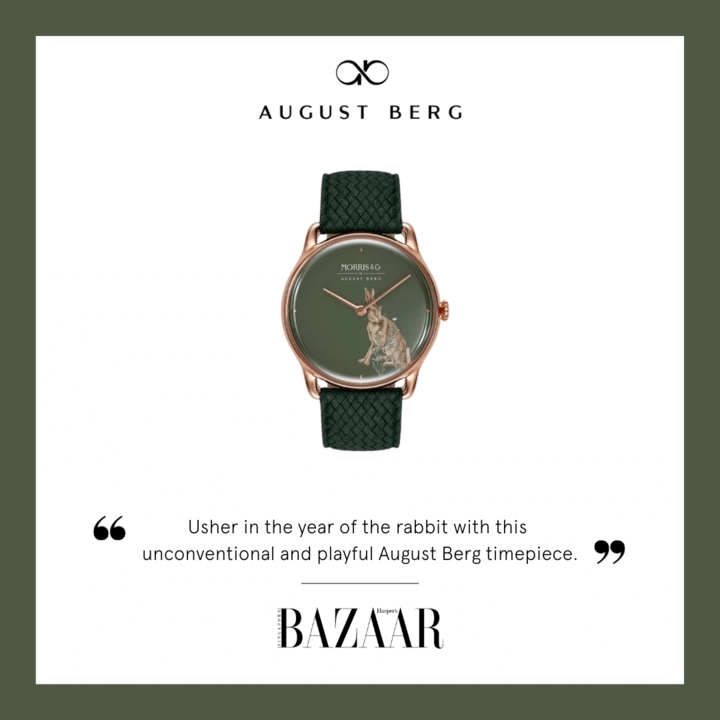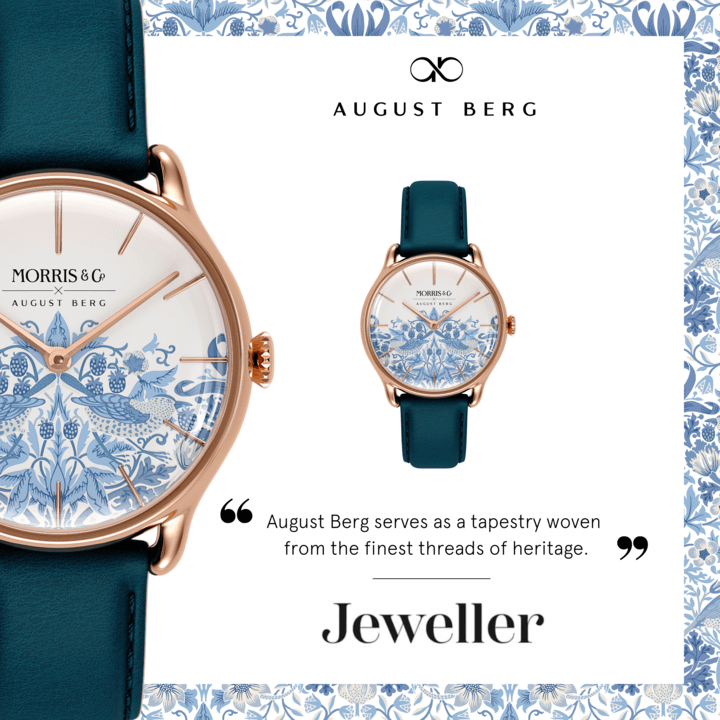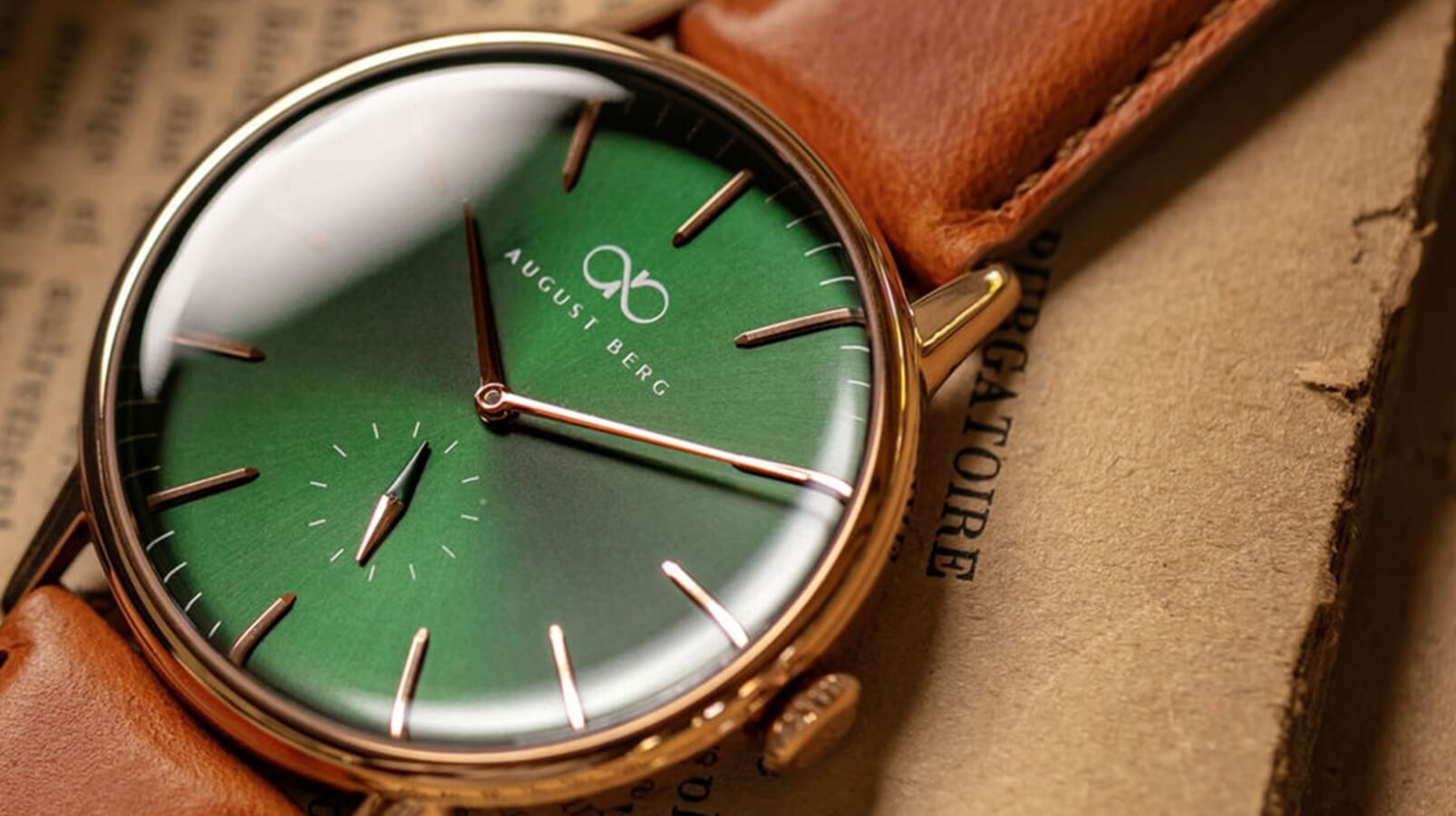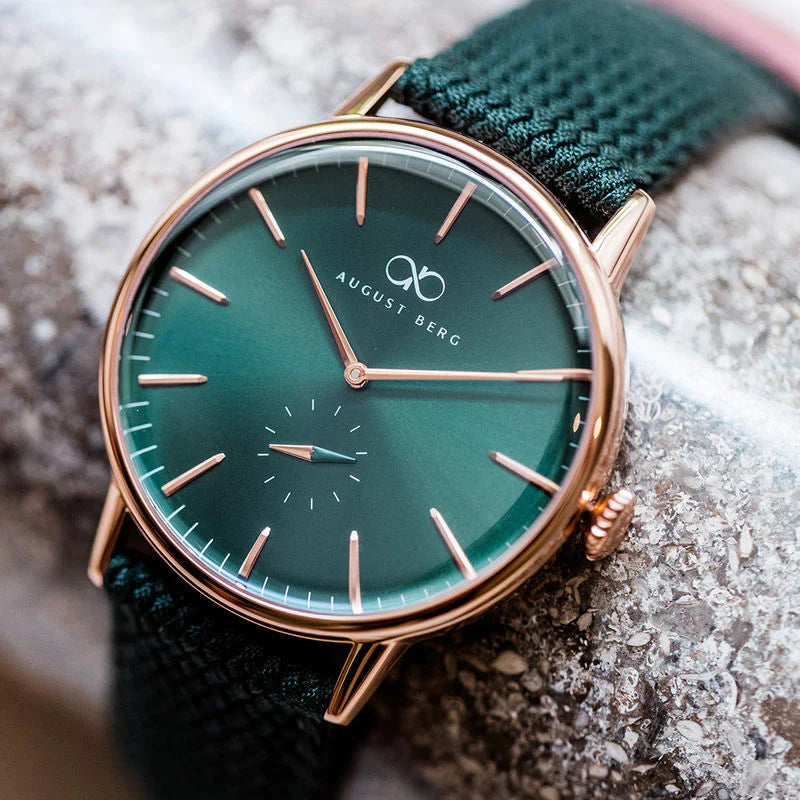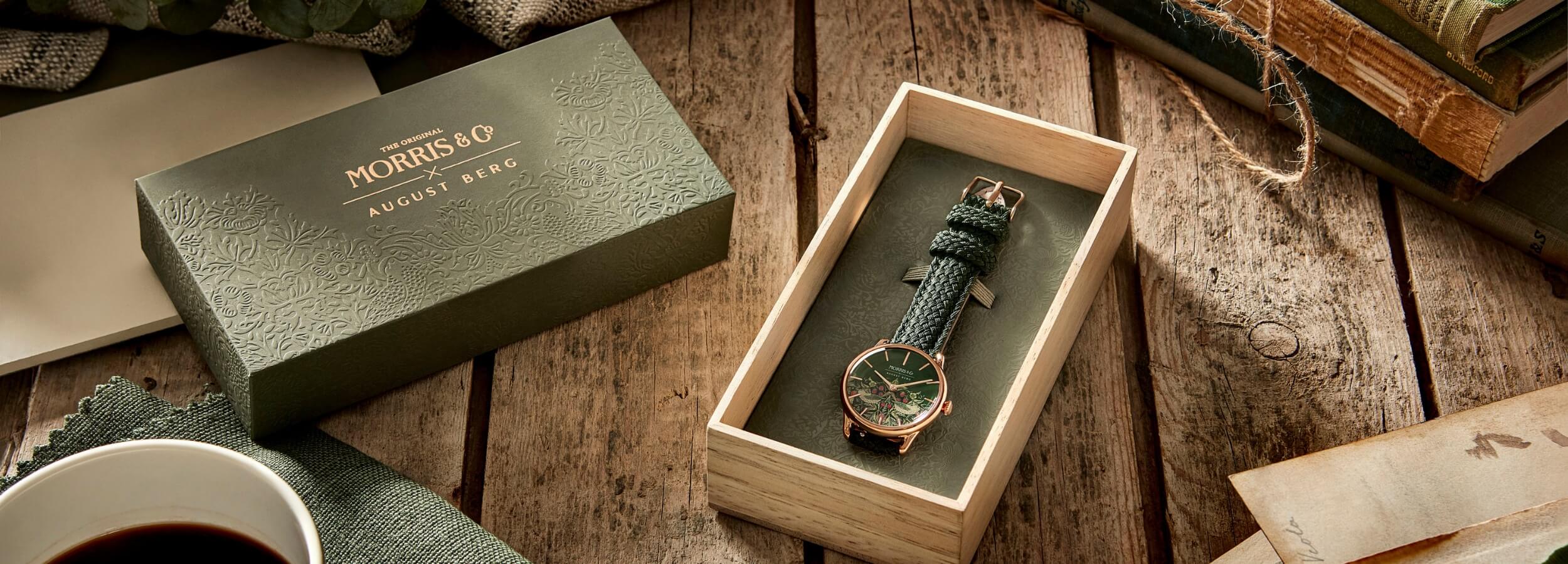The watch is beautiful, very elegant, light weight - better than imagined. The packaging was stylish, thoughtful, clean. Their customer service is top notch. The mesh strap is little tricky, took few Youtube tutorials and couple of days to master it.
I wore a Liberty of London strawberry thief necktie for my daughter’s wedding several years ago. When I saw this watch, I just knew it was meant to be. I love everything about it, especially the color combination.
Pictured is the Serenity Black - looks amazing and feels just as nice to wear. The colour contrasts are quite nice!!
I initially had a small issue with the watch when I received it, however I got a reply within three minutes of contacting them and the issue was VERY seamlessly, quickly and easily resolved.
Good customer service and a nice watch to go.
Dear Nick,
Thank you for sharing your feedback with us. We truly appreciate it and sincerely apologize for the experience you had. This is not the standard we strive to maintain, and we will review this matter carefully to ensure it does not happen again.
Please be assured that we are working to resolve this promptly. We have also reached out to you directly via email with further details and the steps we are taking to ensure the matter is addressed to your satisfaction.
We greatly appreciate your patience and understanding, and thank you once again for bringing this to our attention.
Kind regards,
August Berg Team.
The deep blue watch face and the rosegold frame&hands are a match made in heaven, I dare say. The striking color does require a more thoughtful consideration of my outfit to go with the watch, but the beauty of it is more than worth the effort.
Now that I have seen how good-looking the watch is in person, I will definitely consider getting another one of different color in the future.
I do find myself often looking at the watch to check the date to no avail, but the clean aesthetic justifies the lack of a date indicator.
I love this watch! It's even better than I had pictured from the photos. Simple, dainty, minimalist, elegant. Easy to take off and put back on once you figure out the clasp. Very happy with my watch and definitely recommend.
Only thing of note is the water resistance - you can't wear it in the shower so be careful












